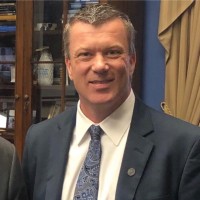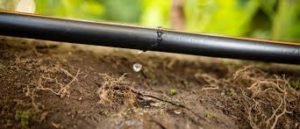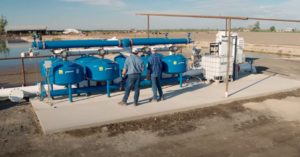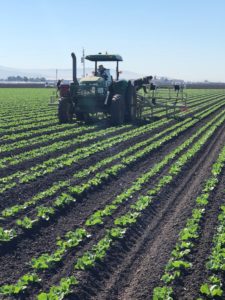Tap into the collective power of influential business and NGO pioneers to create new strategies and
tactics to build a more socially and environmentally conscious world.

Tap into the collective power of influential business and NGO pioneers to create new strategies and
tactics to build a more socially and environmentally conscious world.
Mike Hemman
Company/NGO Name:
Netafim USA
Region, Country:
California, USA

1. What is the mission of your company/NGO?
 We help North America grow more with less using smart irrigation solutions to fight scarcity of food, water, and land. We accomplish this by providing comprehensive smart irrigation and agronomic solutions to Agriculture, Greenhouse, Hydroponic, Landscape, Mining, and Wastewater industries. We provide our customers outstanding support, having the most knowledgeable, global team in the industry, that has established itself as the leader in irrigation.
We help North America grow more with less using smart irrigation solutions to fight scarcity of food, water, and land. We accomplish this by providing comprehensive smart irrigation and agronomic solutions to Agriculture, Greenhouse, Hydroponic, Landscape, Mining, and Wastewater industries. We provide our customers outstanding support, having the most knowledgeable, global team in the industry, that has established itself as the leader in irrigation.
2. What is the most innovative or environmentally/socially impactful project/practice your company/NGO has implemented?
3. What is/are the biggest environmental or social challenge(s) facing your country today?

By 2050 we will need to produce 60% more food to feed the growing global population. There will be 20% less arable land than we need, so we will need to grow more food on less land. There will be 25% less water than we need, so we’ll need to grow more food with less water. Consumers will demand that their food is grown in a more sustainable way with a reduced environmental footprint.
4. What are the biggest challenges you have faced when pursuing or trying to promote sustainable practices/projects?
One of the largest opportunities for increased sustainable irrigation and fertigation practices is in US commodity crops such as corn and soybeans. The economics of these crops make it difficult for farmers to make large capital investments aimed at increasing sustainable water and fertilizer management practices.
To learn more, please visit Netafim USA on their website and social media:
Netafim USA Drip Line Recycling on Youtube
Netafim USA Dairy Wastewater Solutions